Kimono and Lost Temple: Peaceful Routes Away from the Tourists
- Introduction: Discover Kyoto’s Quiet Charm
- Why Choose a Kimono Experience in Kyoto?
- Hidden Temple Routes: Escape the Crowds
- The Kimono Photography Experience: What to Expect
- Top Seasons & What They Offer
- Storytelling Your Experience: From Kimono to Hidden Temple
- Why Your Service at AllPhoto Kyoto Stands Out
- Practical Tips for Your Kimono + Temple Session
- Conclusion: Your Kyoto Moment Awaits
Introduction: Discover Kyoto’s Quiet Charm
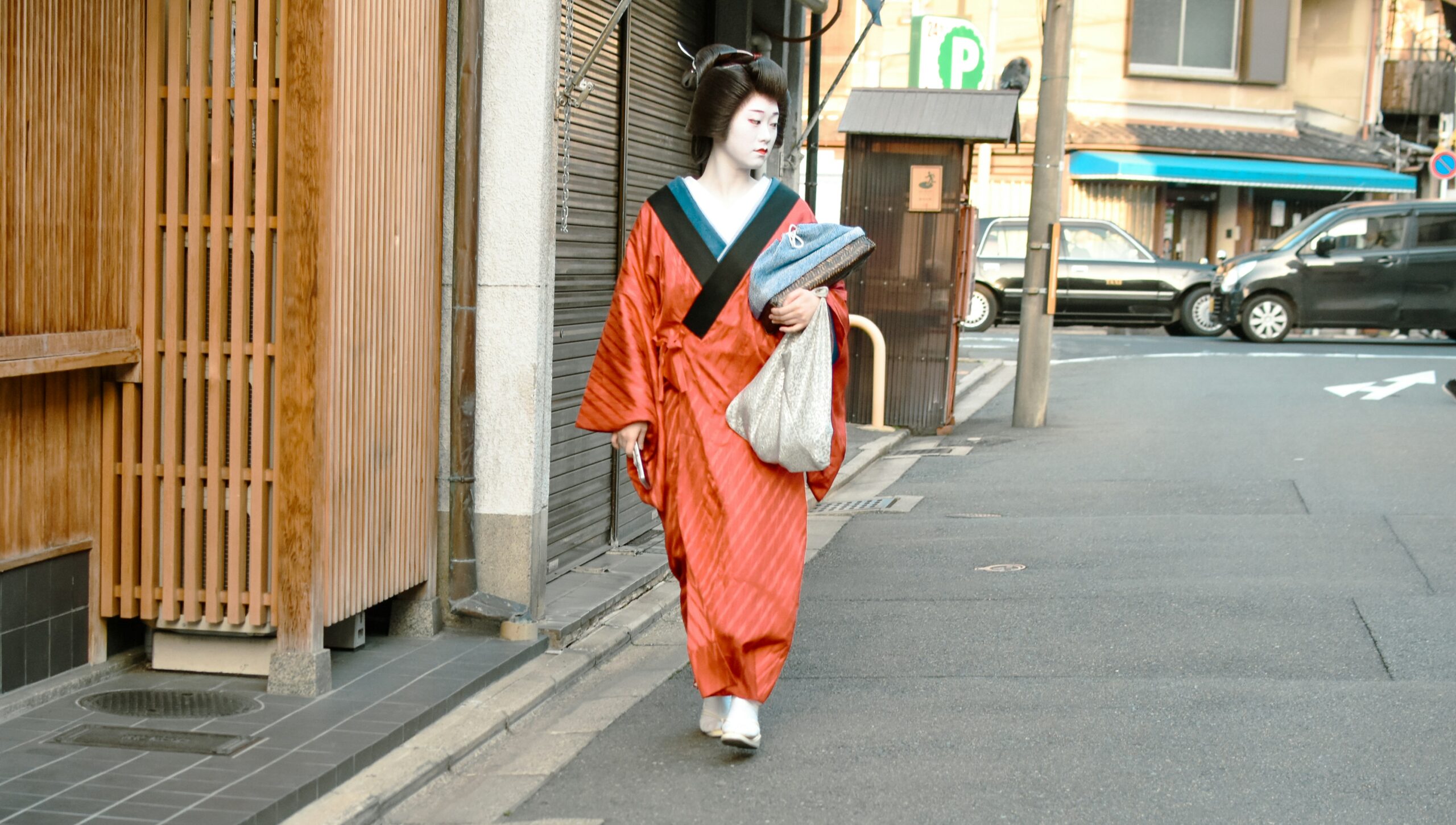
Nestled in the heart of Japan, the ancient city of Kyoto blends tradition and tranquility like nowhere else. Forget the bustling crowds of typical tourist hotspots — this post invites you to immerse yourself in a quieter side of Kyoto: wandering through hidden temples, wearing a beautiful kimono, and capturing unforgettable photographs. Whether you’re planning a personal portrait session or simply exploring with intention, you’ll find inspiration and practical tips here — especially if you’re considering booking a professional photography experience through our service at https://allphoto-kyoto.com/.
Why Choose a Kimono Experience in Kyoto?
Wearing a kimono in Kyoto isn’t just a costume rental — it’s a cultural moment. The delicate fabric, the careful wrapping, the sense of ceremony: it transforms how you see the city and how the city sees you. Choose a stroll through quiet temple paths and you’ll feel as though time has paused.
According to local rental guides, Kyoto offers perfect backgrounds for kimono photography: historic stone steps, temples, tunnels of torii gates, and traditional streetscapes. Waplus Kimono +2 Mai Ko +2
At the same time, taking photos in these settings demands sensitivity: check for photography-restrictions, respect local etiquette, and aim for quieter hours. Andot Kyoto
Hidden Temple Routes: Escape the Crowds
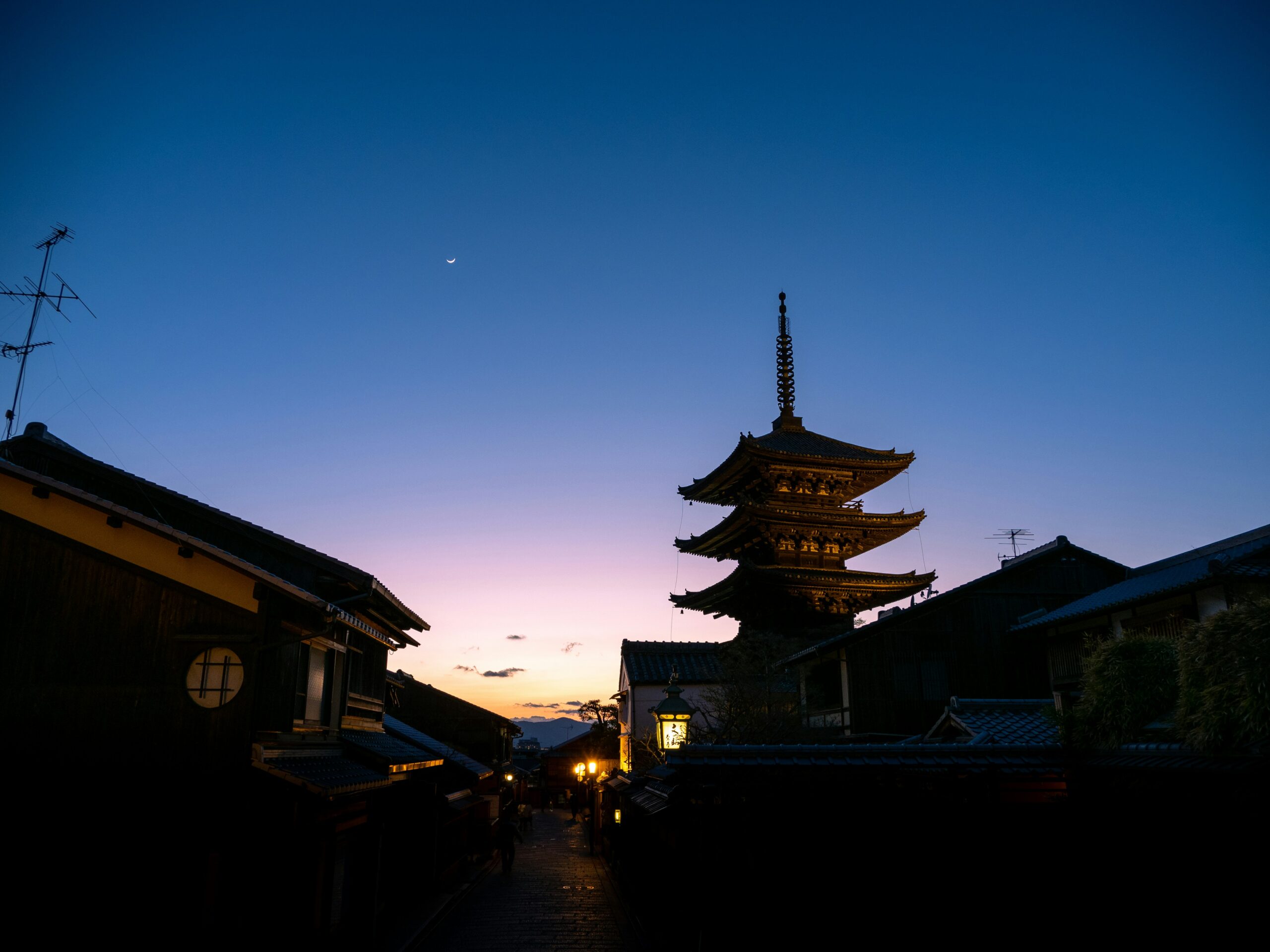
While famous spots like Fushimi Inari Taisha and Arashiyama Bamboo Grove draw large crowds, there are lesser-explored routes and temples where you can experience Kyoto’s calm and capture stunning imagery.
1. Early Morning at Lesser-Known Temples
Arrive before sunrise or early in the morning. Photographers agree that light quality and low crowd levels are critical. At one bamboo grove location: “The best time to photograph … is arguably after sunrise.” Sunset Obsession
Look for temples off the main tourist path. The soft light, mist or gentle shadows, stone steps, temple halls — all offer perfect synergy with a kimono.
2. Temple Grounds + Forest Pathways
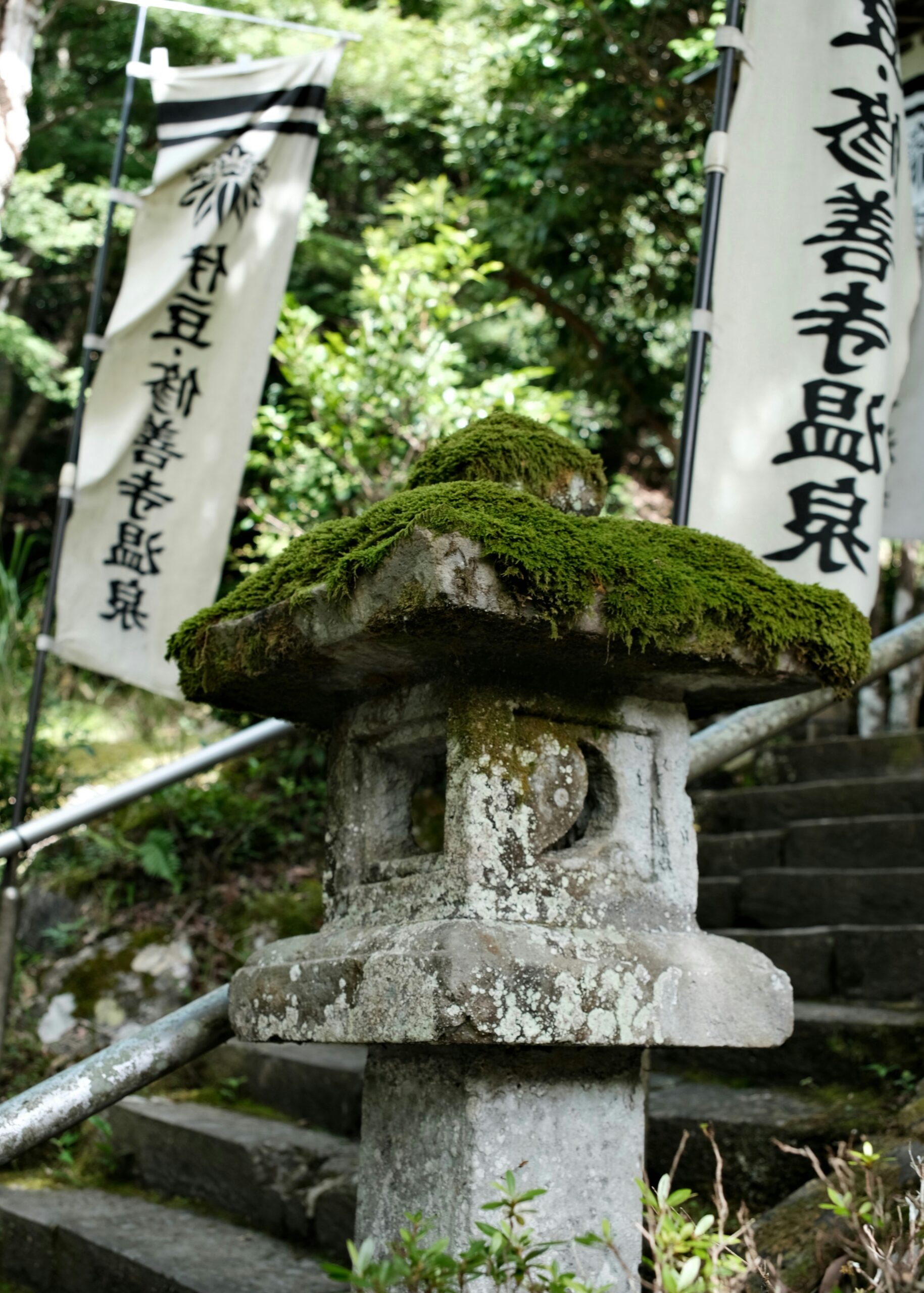
Select temples tucked into forest slopes or adjacent to quieter neighbourhoods. These provide both architectural elegance and natural surrounds. Think moss-covered lanterns, secluded shrine sub-paths, stepping stones beside streams. When wearing a kimono, these backdrops enhance the cultural mood.
3. Combine a Kimono Walk + Photography Session
Rather than just touring, plan a kimono photography walk. Here’s where you can use the service at https://allphoto-kyoto.com/ — they offer professional photographers, authentic kimono fitting, and guidance on location. Their guide highlights how each season in Kyoto affects kimono photo sessions (spring cherry blossoms, summer greenery, autumn foliage, winter serenity). allphoto-kyoto-blog
The Kimono Photography Experience: What to Expect
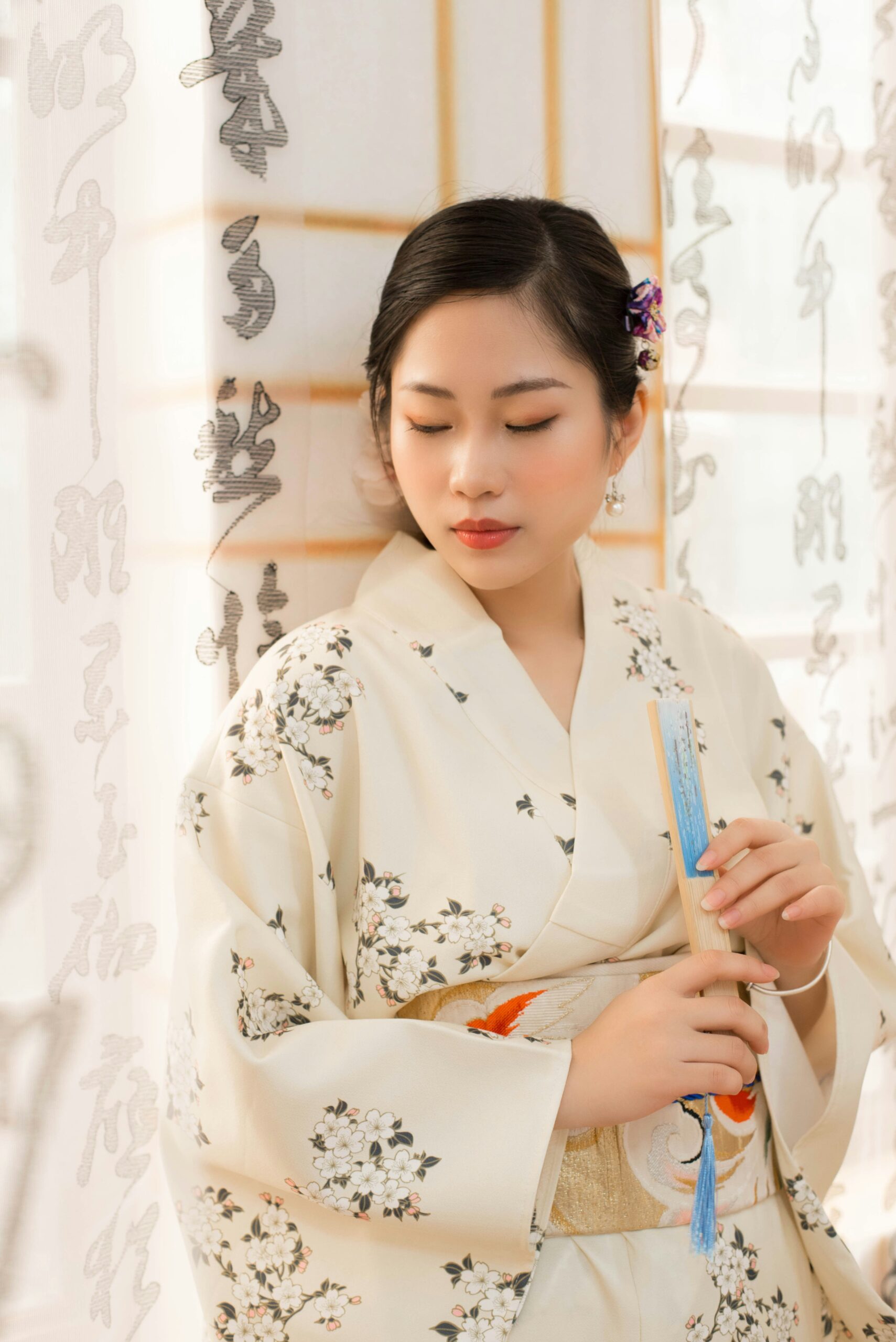
When you choose a professional kimono photo session in Kyoto, you’ll want to understand the flow, tips, and what makes the difference between a snapshot and a memorable photo.
• Kimono Selection & Styling
Choosing the kimono: colour should harmonize with the setting. For example: pastel or floral for spring cherry blossoms; deeper tones for autumn. The fabric, fit and styling all matter. Rental photo-guides emphasise that lighting, composition, and colour contrast “play an important role in highlighting the beauty of your kimono.” Okamoto Kimono
• Photo Timing and Light
Avoid midday harsh shadows. Early morning or later afternoon gives soft light, longer shadows, ambience. During summer in Kyoto, early morning is essential for comfort and better light. サイト名
Also, consider the season: autumn colours bring rich red/gold backdrops; winter offers snow or low light for dramatic contrast.
• Poses & Location Guidance
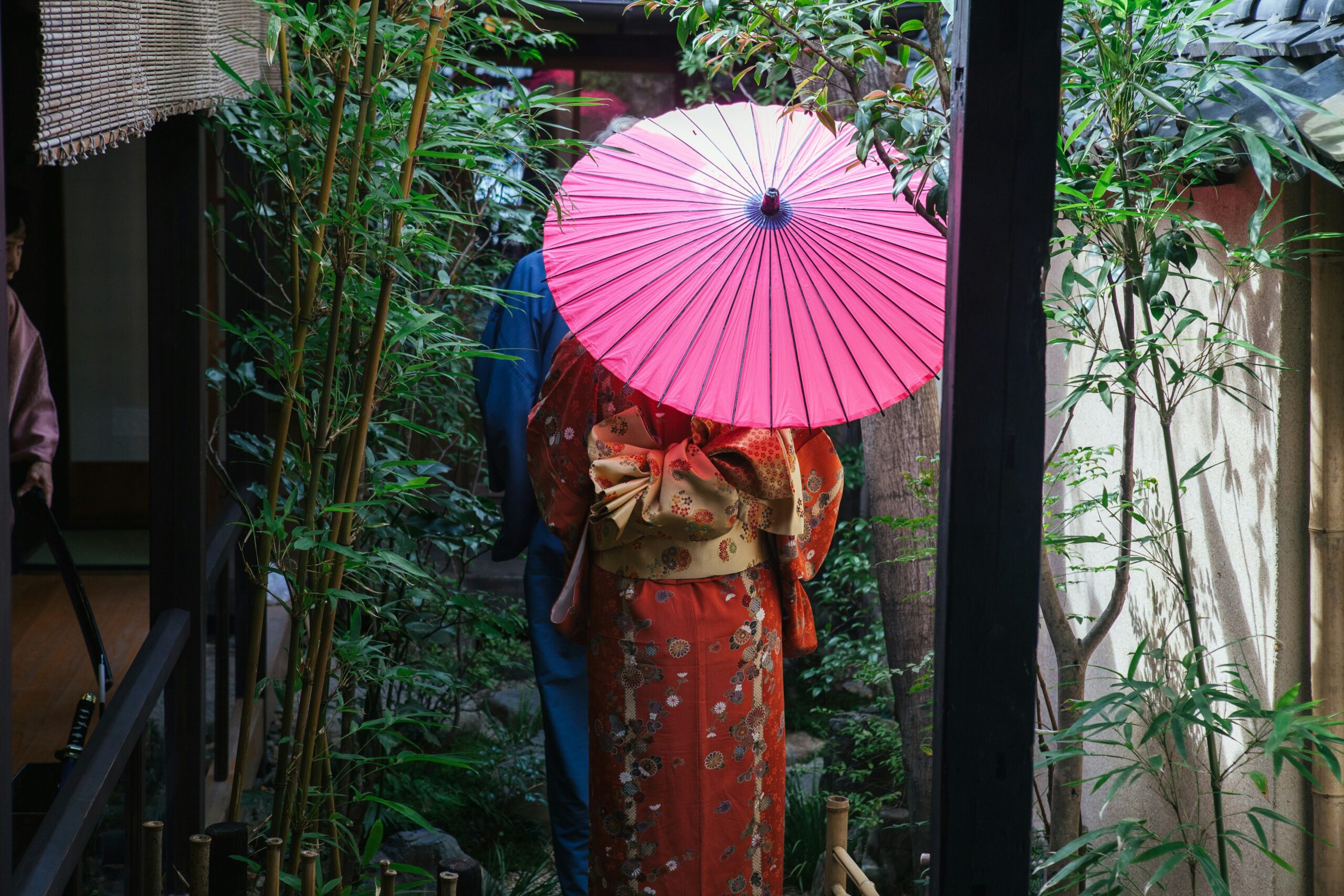
Good photographers will guide you: full-body shots, close-ups of obi (sash), walking poses, back-view portraits, quiet moments. One guide outlines recommended shots: “Face covered, footwear, full body, close-up, sash area, rear view.” 梨花和服
Choosing locations with less foot-traffic helps your photo session feel calm and unhurried.
• Respect & Etiquette
In historic districts like Gion, there are rules: avoid tripods or large gear if signs prohibit, respect private lanes, avoid disrupting residents or local businesses. Andot Kyoto
Once you plan your route and session, you’ll feel less like a tourist and more like a traveller immersed in a serene moment.
Top Seasons & What They Offer
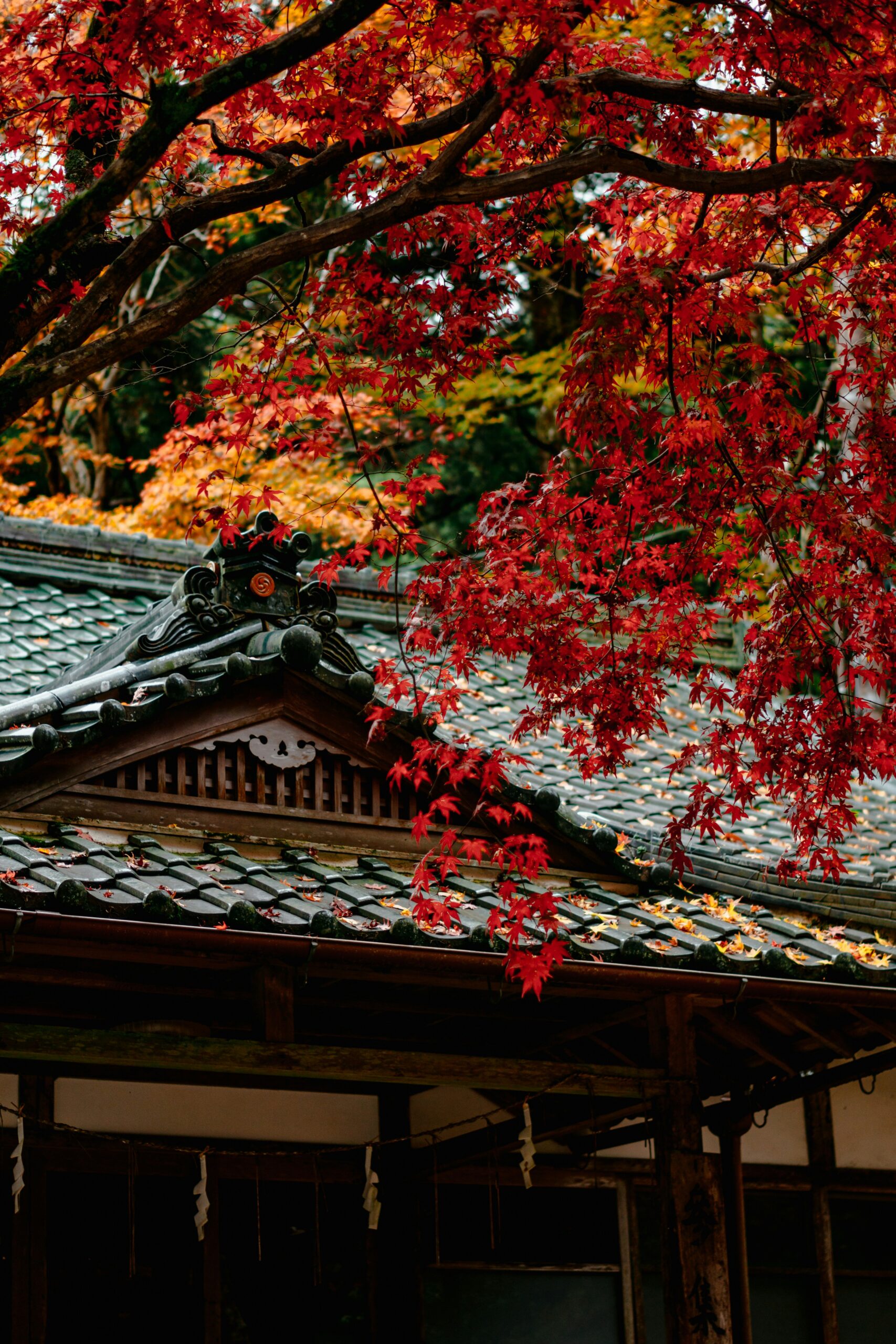
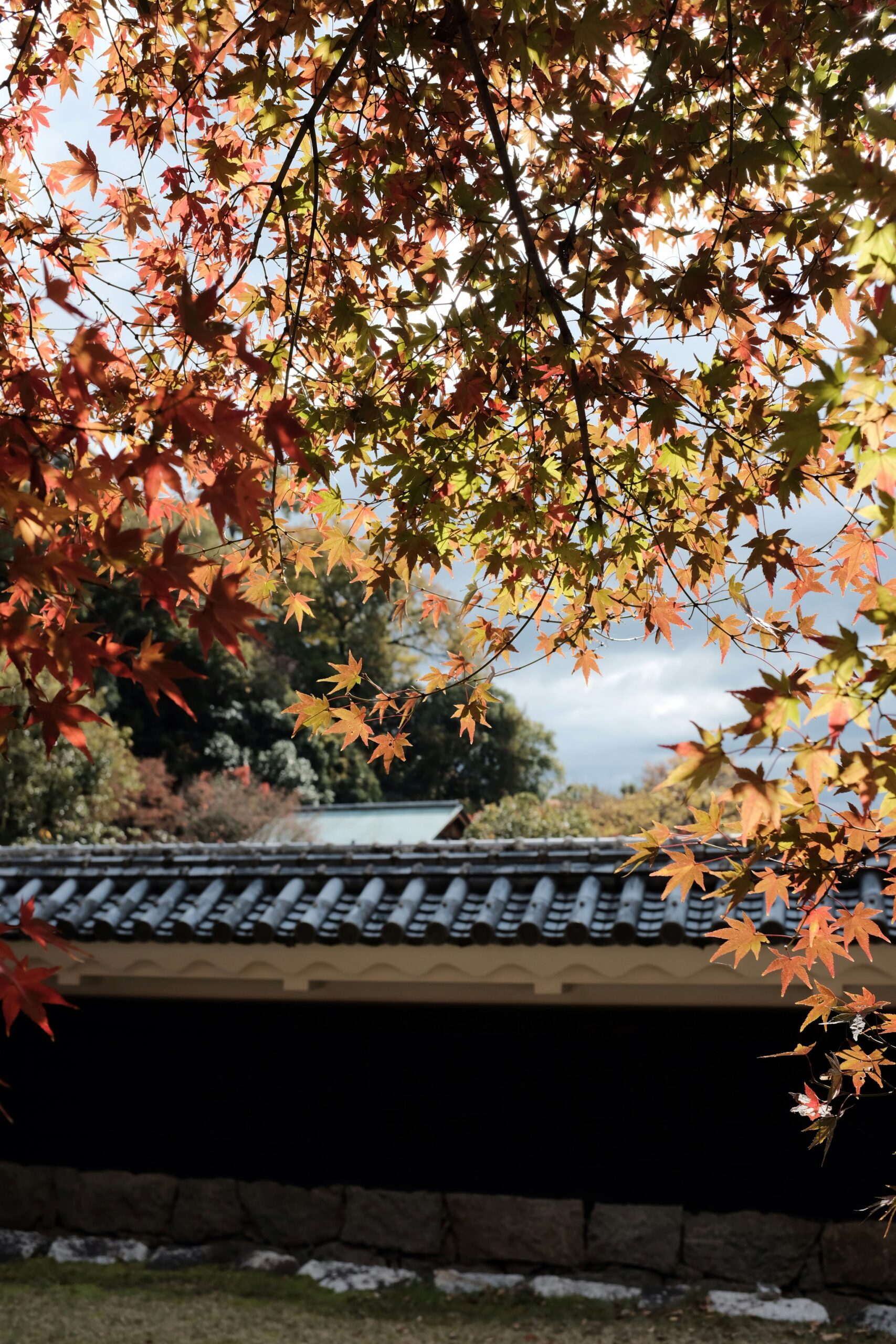
| Season | What to Expect | Kimono Colour Suggestions |
|---|---|---|
| Spring (March-May) | Cherry blossoms, mild weather, but more crowds. allphoto-kyoto-blog +1 | Light pastel tones, florals, softer patterns. |
| Summer (June-Aug) | Lush green foliage, higher humidity. Early shoots are best. allphoto-kyoto-blog +1 | Breezy fabrics, lighter colours, perhaps yukata-style. |
| Autumn (Sept-Nov) | Golden ginkgo, red maples, comfortable temperatures. Best bang for photo-backdrop. allphoto-kyoto-blog +1 | Rich jewel tones, deep reds, warm golds. |
| Winter (Dec-Feb) | Snow, bare tree silhouettes, fewer tourists. Minimalist backdrop. allphoto-kyoto-blog +1 | Bold colours to contrast the white/grey background; maybe deep blues, crimson. |
Understanding the seasons helps you plan not only your photography but also how your kimono will visually integrate with the environment.
Storytelling Your Experience: From Kimono to Hidden Temple
Here’s how you can structure your personal or marketing story:
Arrival & Fitting – Arrive at your kimono studio in Kyoto, select your design, get styled.
First Walking Shot – As you step out into the historic streets, feel the fabric move and the city shift around you.
Hidden Temple Entrance – Find a less-visited temple path. Stone lanterns, mossy steps, wooden beams. Your kimono becomes the movement in this quiet setting.
Photographing the Moment – With your photographer guiding poses and light, capture full-body, details (obi, sandals, hands), the subtle turns and glances.
Reflections & Pause – Maybe a simple sit-down on a temple bench, looking out, capturing the mood of calm.
End of Day or Transition – Golden hour light, temple lanterns, trailing shadows — wrap the session with a scene of quiet retreat.
When you share this story (on your website, blog, or social media) you invite your audience into not only your service (photography + kimono) but the emotional landscape of the experience: tradition, beauty, calm, personal memory.
Why Your Service at AllPhoto Kyoto Stands Out
If you decide to book through AllPhoto Kyoto (visit https://allphoto-kyoto.com/), here’s what you should emphasise:
Authentic kimono rental and styling tailored for photography rather than mere sightseeing.
Expert photographers who know the quiet routes, hidden temples and how to work with light in Kyoto.
Season-aware planning: The service provides advice on timing, locations, colour coordination and photography style. allphoto-kyoto-blog +1
Focus on creating lasting, high-quality images that capture the mood of Kyoto — not just snapshots.
By positioning your offering in this way — combining cultural authenticity, photographic excellence and the quiet beauty of less-crowded routes — you differentiate from generic “kimono rental and stroll” experiences.
Practical Tips for Your Kimono + Temple Session
- Book early if you want a peak season (cherry blossom or autumn foliage) slot — these tend to fill quickly.
- Choose a quieter temple route if you prefer solitude: ask your photographer about less-busy spots.
- Wear comfortable under-layers appropriate for the season (especially in colder months).
- Arrive at the location just before “prime light” — early morning or late afternoon.
- Keep your gear minimal if you’re walking through traditional neighbourhoods (be mindful of residents, private property).
- Embrace walking as part of the experience: moving in the kimono, adjusting to the space, letting the environment become part of your photograph.
- Discuss with your photographer what you’d like: full-body, detail shots, walking poses, still portraits — a mix gives variety.
- For your blog or website, include emotional touchpoints: how wearing the kimono felt; how the temple grounds made you pause; how the garments and scenery merged.
Conclusion: Your Kyoto Moment Awaits
In a city as rich as Kyoto, choosing to step off the main tourist track and into a moment of calm makes all the difference. Wearing a kimono, walking along a hidden temple path, having a photographer who sees beyond the postcard-shots — that transforms the experience.
If you’re ready to create those meaningful, timeless images — then I invite you to explore https://allphoto-kyoto.com/ and prepare for your own serene Kyoto moment.
Let Kyoto’s temples whisper their ancient stories as you stand in silk and tradition. Your photograph will carry not just your likeness — but a memory of peace, culture and place.


コメント